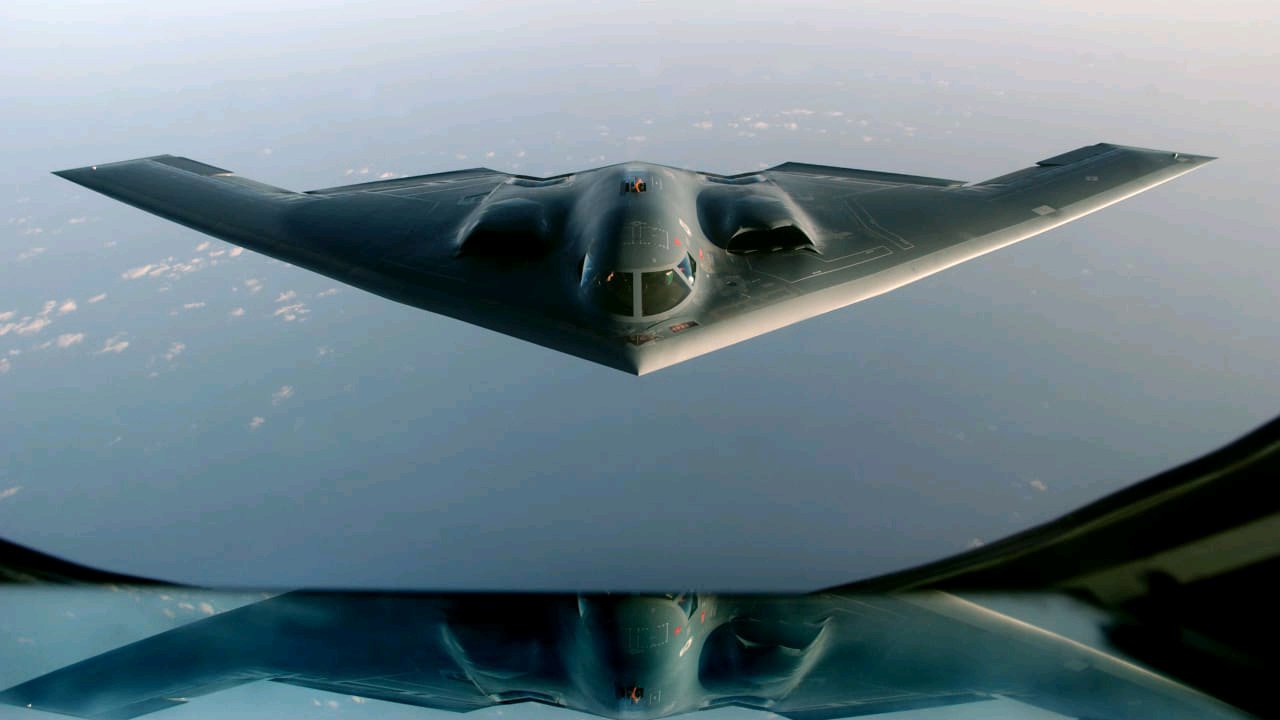According to the Jerusalem Post report on Saturday October 18, 2025, in a rare interview with CBS News, pilots and commanders from the U.S. Air Force’s 509th Bomb Wing at Whiteman Air Force Base in Missouri reflected on Operation Midnight Hammer, a June 2025 mission that targeted three key Iranian nuclear facilities, including the fortified underground Fordow enrichment site near Qom.
Described by Wing Commander Col. Josh Wiitala as “one of the most consequential raids that we’ve executed” in his career, the 36-hour operation involved seven B-2 Spirit stealth bombers launching from Missouri and penetrating Iranian airspace undetected, escorted by F-22 and F-35 fighters. The strikes employed 14 Massive Ordnance Penetrators (MOPs)—30,000-pound bunker-busters designed to neutralize deeply buried targets—marking the first combat test of the B-2 against a peer-level adversary equipped with advanced air defenses.
This precision assault underscored the aircraft’s unparalleled fusion of long-range strike capability, heavy payload, and radar-evading stealth, capabilities that remain largely classified to preserve tactical edges. The mission’s execution drew high praise for its seamless integration of air and ground teams, with Chief Master Sgt. Frank Espinoza, who supervised the bomb-loading process, affirming that his crew delivered “flawlessly” without missing a step.
Maj. Gen. Jason Armagost of Global Strike Command, who relayed President Donald Trump’s direct order to proceed, recounted his unyielding confidence upon crossing the operational threshold, stating, “My confidence was very high once we hit that tripwire,” bolstered by the knowledge that the bombers were not operating in isolation.
Wiitala emphasized the emotional zenith: the safe return of all personnel, which he deemed “the biggest moment of my career, not just as a commander.” Satellite imagery from Maxar Technologies, analyzed post-strike, revealed significant damage to Fordow’s subterranean infrastructure, disrupting Iran’s uranium enrichment efforts and signaling a potential setback to its nuclear ambitions.
The raid’s strategic weight extends beyond immediate tactical gains, reinforcing the B-2’s role as the vanguard of U.S. global power projection amid escalating tensions in the Middle East. Armagost highlighted stealth’s evolving primacy, noting, “Stealth matters, and stealth matters even more today than it did when at its inception,” encompassing proprietary elements like airframe geometry, radar-absorbent materials, and mission tactics.
This operation parallels historical precedents, such as the B-2’s debut in the 1999 Kosovo campaign, but elevates the stakes against Iran’s sophisticated integrated air defense system, which includes Russian-supplied S-400 batteries. The flawless performance validated decades of investment in stealth technology, prompting President Trump to announce on October 14, 2025, the procurement of 28 additional B-2s to sustain U.S. deterrence.
As Iran vows retaliation and international observers assess the strikes’ long-term efficacy, the airmen’s accounts illuminate the human element behind high-stakes precision warfare. Espinoza’s team, embodying quiet professionalism, exemplifies the ground support essential to aerial dominance, while Wiitala’s reflections humanize the command burdens of such missions.
The operation not only curtailed Iran’s nuclear timeline—estimated by experts to delay breakout capacity by years—but also reaffirmed America’s commitment to preemptive action against proliferation threats, potentially reshaping regional security dynamics and bolstering alliances wary of Tehran’s ambitions. See, More, Here>>>
Explore More News By Using The Button Above.

